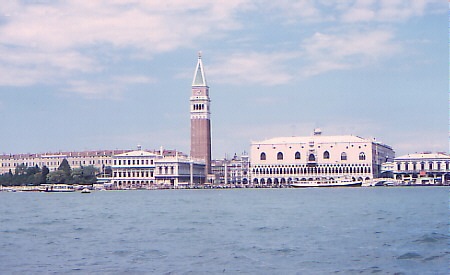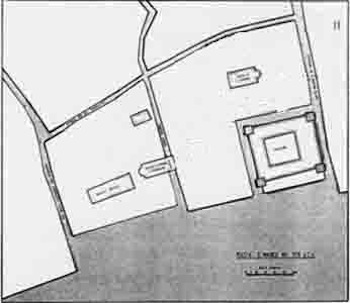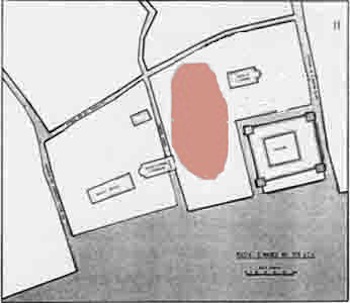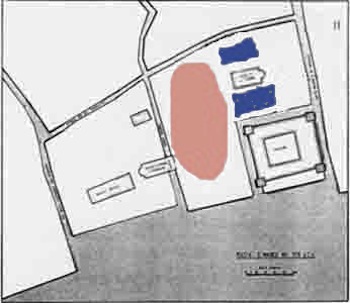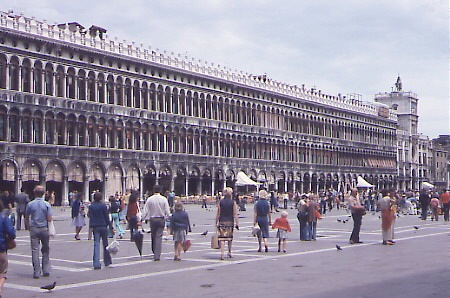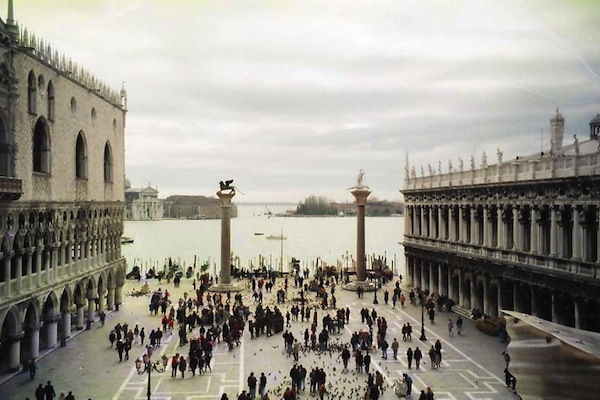This is a very powerful sequence which suggests how, over a twelve-hundred year period, the great St Mark's square took shape, and what were the rather simple factors that went into shaping it. Even though it spans centuries, with different culture,…
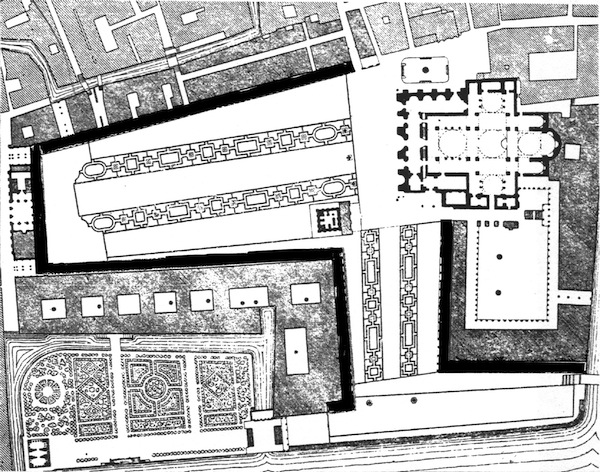
Evolution of St Mark's Square : a Model of Holistic Growth
…economics, political climate, and so forth, one thing alone shaped the steps (in the 9th century as in the 15th century): the formation of strong centers. That, and that alone, governed the transformations which generated such a great result.
